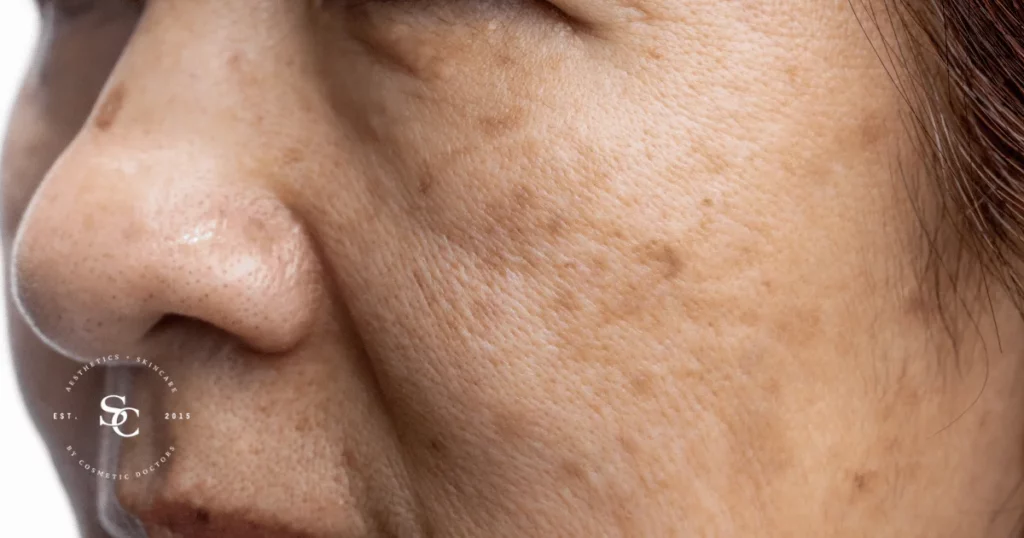Understanding Skin Spots: An Overview
Skin spots, commonly referred to as skin blemishes or pigmented lesions, are a prevalent dermatological condition affecting people of all ages. Skin spots encompass a wide range of skin discolorations, including freckles, age spots, moles, and birthmarks. These spots can vary in size, shape, and color. In this comprehensive guide, we will delve into the world of skin spots, exploring their nature, general impact, and providing insights into their diagnosis, causes, and treatment options.
Identifying the Symptoms of Skin Spots
The symptoms of skin spots are primarily visual, and they vary depending on the type of spot:
- Freckles: Small, flat, brown spots that darken with sun exposure and lighten during the winter.
- Age Spots: Also known as liver spots, these are flat, brown, or black spots that typically appear on sun-exposed areas.
- Moles: Moles are raised or flat growths, usually brown or black, that can be present from birth or develop later in life.
- Birthmarks: These are pigmented spots present at birth or shortly after, which can be pink, red, brown, or blue in color.
Causes and Risk Factors of Skin Spots
Skin spots have various causes and risk factors:
- Sun Exposure: UV radiation from the sun stimulates melanocytes (pigment-producing cells), leading to the formation of freckles, age spots, and exacerbation of existing spots.
- Age: As individuals age, their skin is more susceptible to developing age spots and moles.
- Genetics: Family history can play a role in the development of moles and certain birthmarks.
- Hormonal Changes: Hormonal fluctuations during pregnancy or while taking hormonal birth control may cause changes in skin pigmentation.
Different Types and Stages of Skin Spots
Skin spots come in various types and stages:
- Freckles: Common freckles, sunburn freckles, and lentigines (age spots) are some of the different types.
- Moles: Moles can be congenital (present at birth), acquired (develop later in life), or atypical (displaying unusual characteristics that may require monitoring).
- Birthmarks: There are two main categories—vascular birthmarks (caused by blood vessels) and pigmented birthmarks (due to excess pigment).
Diagnosis: How Skin Spots are Detected
Diagnosing skin spots often involves a visual examination by a dermatologist or healthcare provider. Suspicious moles may be further evaluated through dermoscopy, a non-invasive procedure that magnifies the mole’s surface. If necessary, a biopsy may be performed to rule out skin cancer.
Treatment Options for Skin Spots
Treatment options for skin spots vary based on the type, size, and location of the spots:
- Topical Treatments: Over-the-counter or prescription creams containing hydroquinone, retinoids, or corticosteroids can lighten and reduce the appearance of some spots.
- Cryotherapy: Liquid nitrogen is used to freeze and remove age spots and other small spots.
- Laser Therapy: Laser treatments can target and remove specific pigmented lesions, such as freckles or age spots.
- Surgical Removal: Moles or larger birthmarks may require surgical excision for removal.
Prevention Strategies for Skin Spots
Preventing skin spots involves minimizing risk factors:
- Sun Protection: Regularly apply broad-spectrum sunscreen and wear protective clothing, hats, and sunglasses to reduce sun exposure.
- Avoid Tanning Beds: Refrain from using indoor tanning beds, which can accelerate skin aging and increase the risk of age spots.
- Early Detection: Self-examine your skin regularly and consult a dermatologist for any changes in the appearance of moles or spots.
Home Remedies and Self-Care for Skin Spots
While medical treatments are often more effective, some individuals choose home remedies such as natural skin-lightening agents like lemon juice or aloe vera. However, these methods may not yield significant results for all types of skin spots.
Impact of Skin Spots on Daily Life
Skin spots can affect individuals both physically and emotionally:
- Cosmetic Concerns: Many people may feel self-conscious about visible spots, especially on the face or hands.
- Cancer Risk: Suspicious moles can create anxiety and concerns about skin cancer.
- Body Image: The appearance of skin spots may influence self-esteem and self-perception.
Long-Term Management of Skin Spots
Managing skin spots may involve ongoing care:
- Regular Skin Checks: Continue to monitor moles and spots for any changes in size, shape, color, or texture.
- Follow-Up Care: For individuals with atypical moles or a history of skin cancer, regular follow-up appointments with a dermatologist are essential.
Mental and Emotional Considerations for Skin Spots
The emotional impact of skin spots should not be underestimated:
- Body Image: Skin spots can affect self-esteem, particularly if they are perceived as cosmetically undesirable.
- Anxiety: Suspicious moles or skin spots can lead to anxiety related to potential health risks.
Support from healthcare providers, friends, and family can help individuals cope with the emotional aspects of living with skin spots.
In conclusion, understanding skin spots, their causes, symptoms, diagnosis, treatment options, prevention strategies, and their impact on daily life is essential for effective management and maintaining skin health. Seeking professional guidance and emotional support can significantly contribute to managing this common dermatological condition.



















